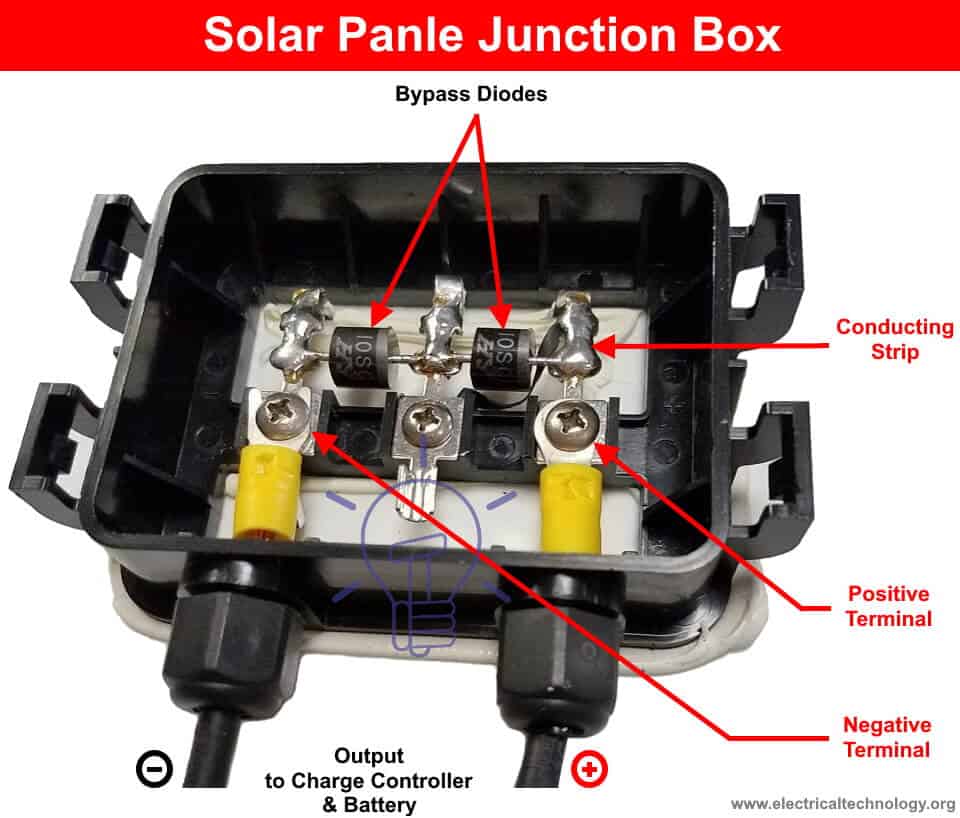Mikem3
New Member
Knowing nothing about Solar Cells, except that they heat up
and drag down the output if any cells get shaded, I put on my
thinking cap and decided that a diode for each cell would prevent
this happening, I hope, so I bought a load of diodes, but I think
that I have made a mistake, 110 of these diodes are rated at
6 amps 600 volts, normally I would think that the voltage means
maximum limit, but I feel that this might be a wrong assumption.
Do any of you know enough about diodes to give me some good
advice.
Please.
Mike.
and drag down the output if any cells get shaded, I put on my
thinking cap and decided that a diode for each cell would prevent
this happening, I hope, so I bought a load of diodes, but I think
that I have made a mistake, 110 of these diodes are rated at
6 amps 600 volts, normally I would think that the voltage means
maximum limit, but I feel that this might be a wrong assumption.
Do any of you know enough about diodes to give me some good
advice.
Please.
Mike.





